Following his encyclical Laudato Sí – on the care of the earth – Pope Francis invited all sectors of the Church to develop action plans outlining what they would do in response to his challenge. The response of the Ursuline Sisters of Mount Saint Joseph was to set up a Laudato Sí Creation Care Committee to produce an action plan. As part of the community’s educational mission, the committee members have been writing a series of short pieces on caring for the earth. The most recent topics are on composting, both at home and at the Mount.
Composting at home
By Sister Angela Fitzpatrick
Food waste is the largest category of waste going to landfills in the United States. There it gives off methane, which is a stronger greenhouse gas than carbon dioxide – molecule for molecule it contributes more to global warming and climate change.
Add this to the number of people in the world who are undernourished, and you might say: “Well, that’s easy, let’s just stop wasting food!” Easier said than done. So the Laudato Sí Creation Care Committee is going to have a whole column devoted to that next time.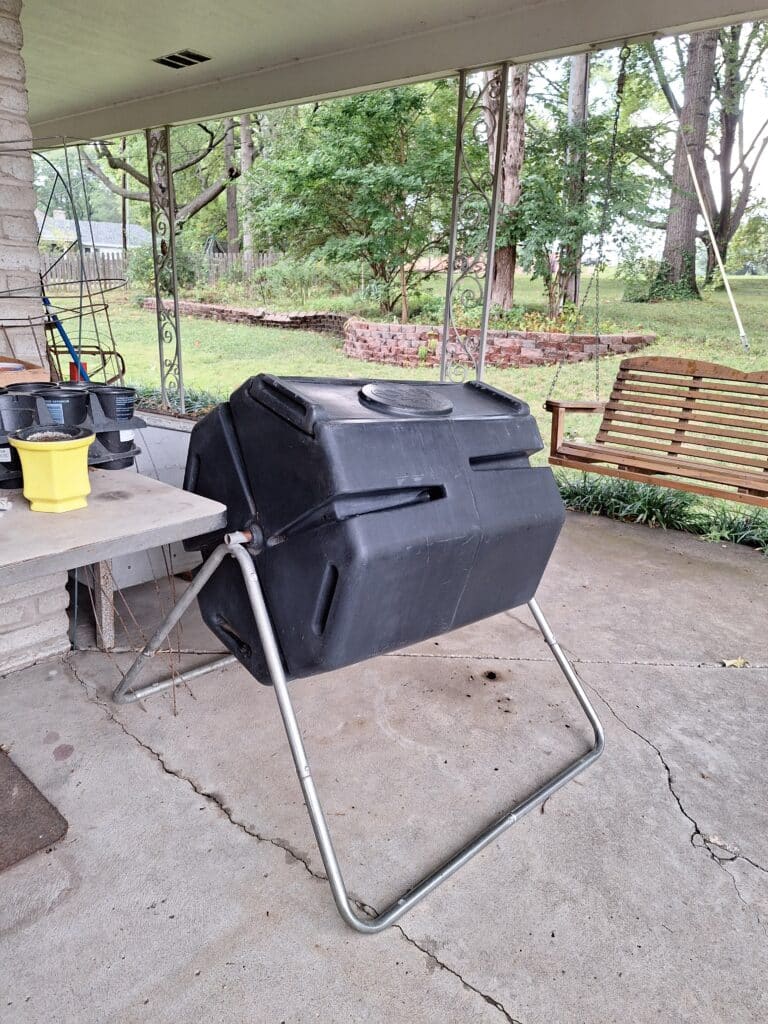
But now in keeping with our “recycling theme” we are going to discuss how you can deal with food waste. Besides eating leftovers yourself, or feeding them to animals, there is composting: the recycling of food waste and other organic matter into a rich fertilizer for soil.
In our home in the Kansas City suburbs, we keep a plastic coffee can by the sink to collect vegetable and fruit scraps. (Sometimes we put our eggshells on the tomato plants, our banana peels on the roses, and our coffee grounds on the soil.) Finally, we save any seeds/fruit pits or bread scraps for our chipmunk and bird friends on the back patio, but all those can go into the coffee can too. The only thing we don’t add are meat/fish scraps (we save those for some doggie friends, anyway) or grease/oil – though professional composting services often take even those.
Every couple of days we add the scraps and sometimes garden/yard trimmings (minus the seeds of weeds) to our 43-gallon composter on the back porch. (See the picture at right). We give it a spin with each addition and when it gets too heavy to turn,, we scoop it out, put back what needs more time and add the lovely compost to our garden soil. If you keep it mixed well, there is no odor, and it does not attract unwanted animal interest.
There are whole libraries on the Internet telling you how to compost and a million ways to do it. That is just how one household of Ursuline Sisters does their small part. Our city is going to begin curbside compost collections, and we will look into that.
Composting efforts with the Mount Food Services
By Sister Sharon Sullivan
“Let’s compost at MSJ!” Sounded like an excellent idea; so we did our homework with the kitchen and garden and discovered the sometimes negative impact of “scale” on almost any endeavor.
Usable composting requires green (food) waste, brown (carbon rich – grass, leaves, twigs) waste, a place to store and stir, water, and someone or something to stir and aerate. In a home with minimal food waste, a bucket or bin and occasional yard waste can be enough; when considering an institutional kitchen, feeding up to 100 persons three meals per day, a bin is not enough.
Working with the kitchen staff, we first discovered the many practices they already employed to reduce food waste: a strong program of using and creating tasty and healthy leftovers, a practice of sending food scraps to the barn cats, preparing fresh vegetables in such a way to reduce waste. Even with these practices, feeding up to 100 per meal per day generates around 3 (or more) cubic yards of food scraps per week – that’s green waste.
Research and reports of best composting practices indicate that we would then need 8 to 10 cubic yards of brown waste to make the composting work. Think roughly the equivalent of stuffing a full-sized elevator car from floor to ceiling with grass clippings, leaves, twigs, and other yard waste. MSJ just could not produce that much brown waste!
Back to the drawing board. We discovered the county landfill had a composting program; however, they did not accept green waste. A neighboring county had a private composting company; but they would not accept green waste from outside agencies. We tried a few more ideas, but it seemed we were at a dead end.
But Melody (our kitchen manager) and Mike (our chief gardener) put their heads together one more time. The daily eggshells and used coffee grounds were not in the same class as the vegetable, fruit, or starchy waste; perhaps Mike could use them to enrich and aerate the garden soil. And that is what happened.
Our garden is benefitting from used coffee grounds and eggshells, and our food scrap volume has been reduced by as much as a third. While institution-sized kitchens may make backyard composting impractical and more-than-difficult, the ideas and efforts of creative and committed people can make a positive difference!
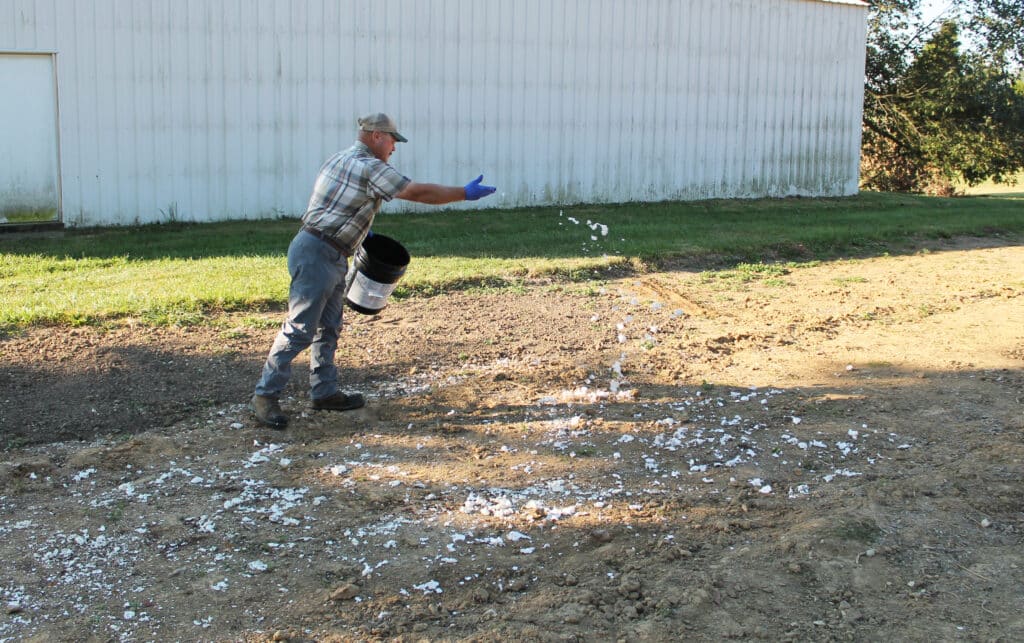
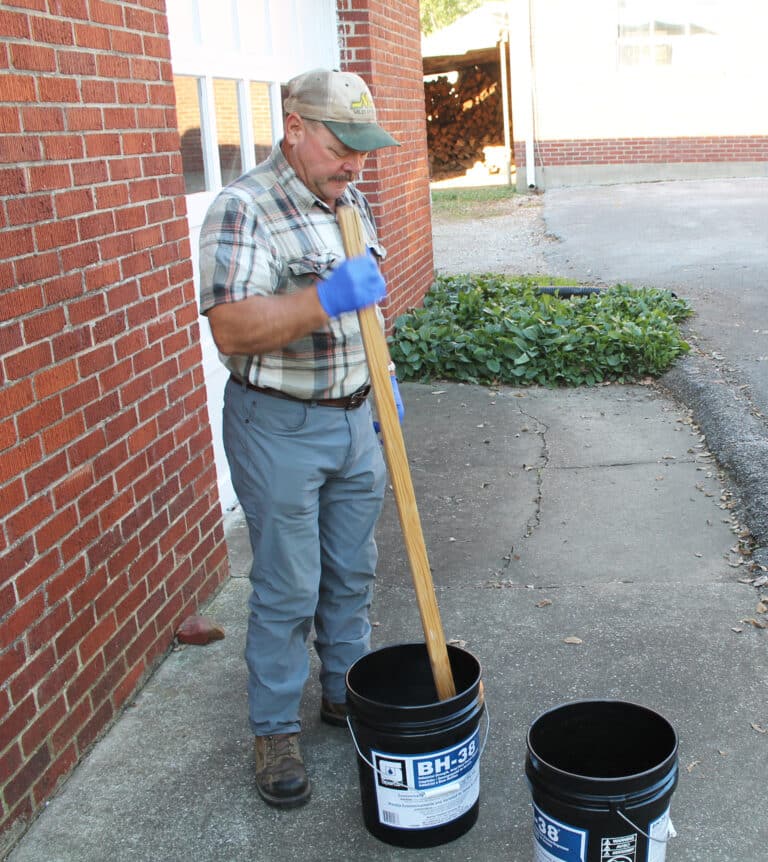
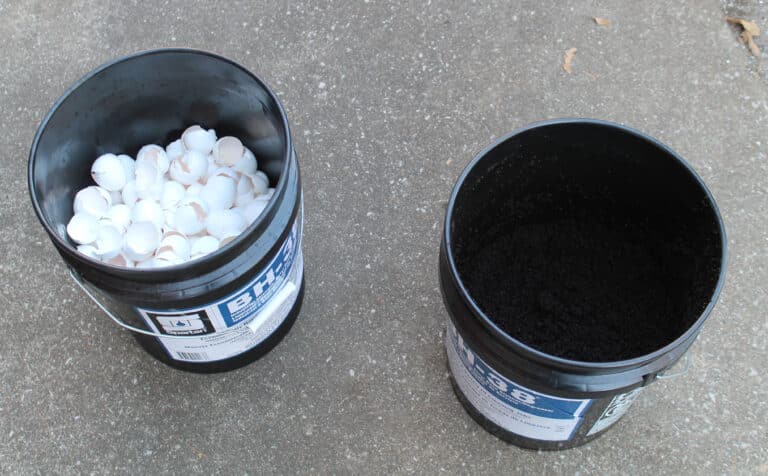
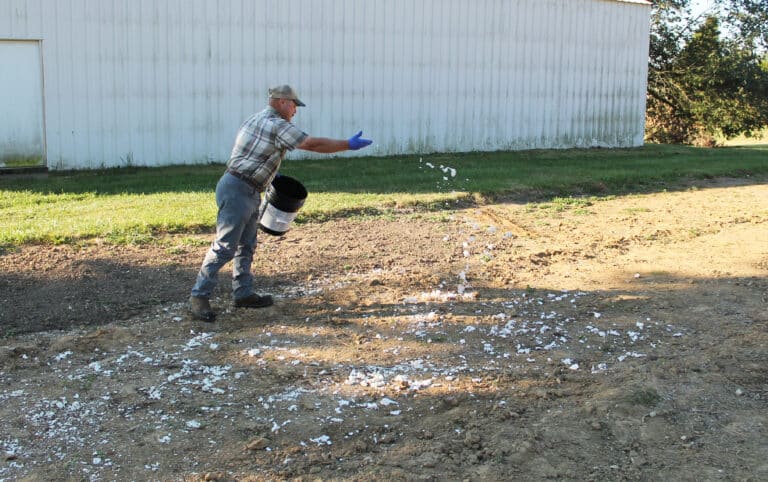
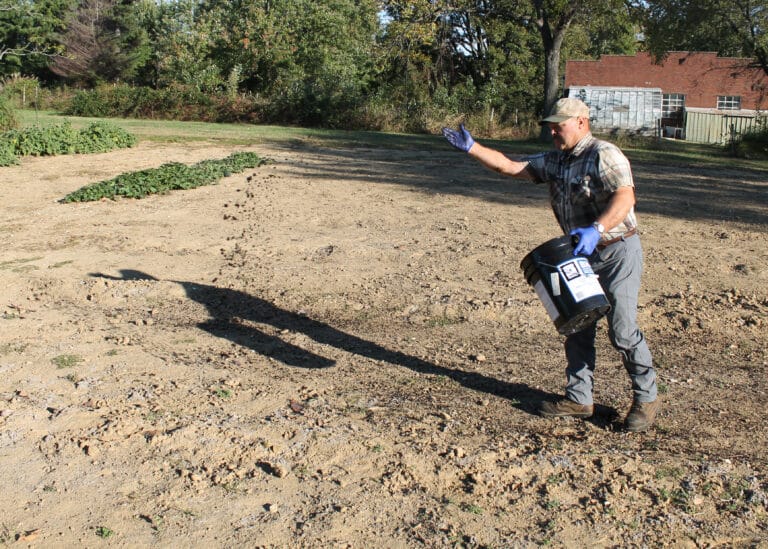
Comments
Compost is sometimes called Brown Gold. It is black in color, but then it might be confused with oil which is named black gold. Compost helped improve the soil for my perennials on Robin Rd.